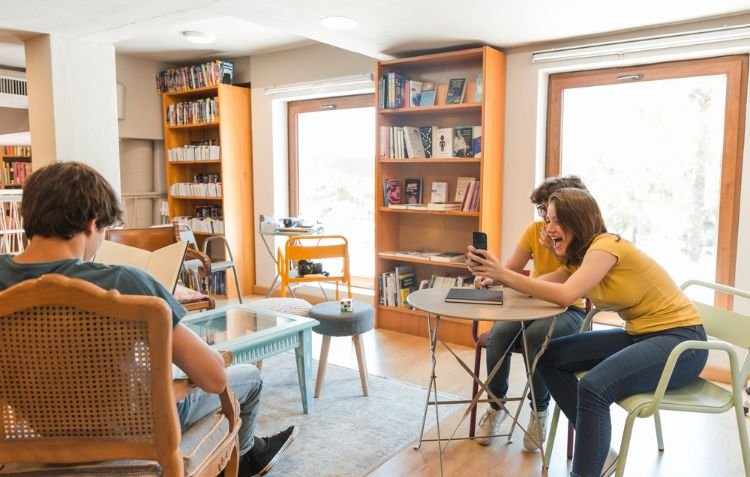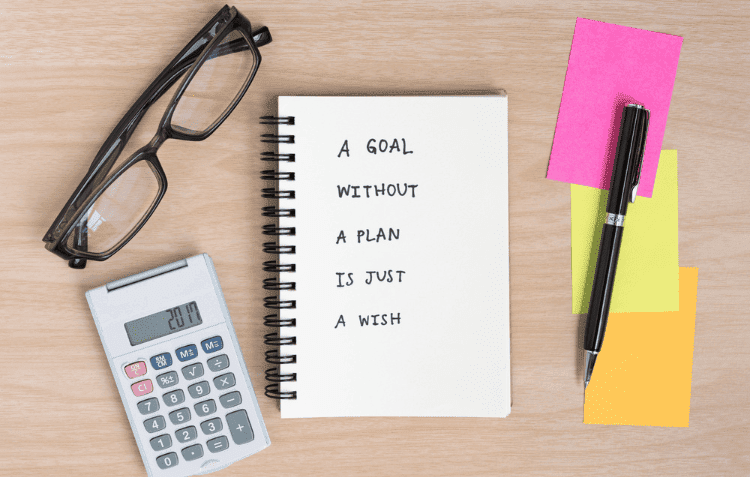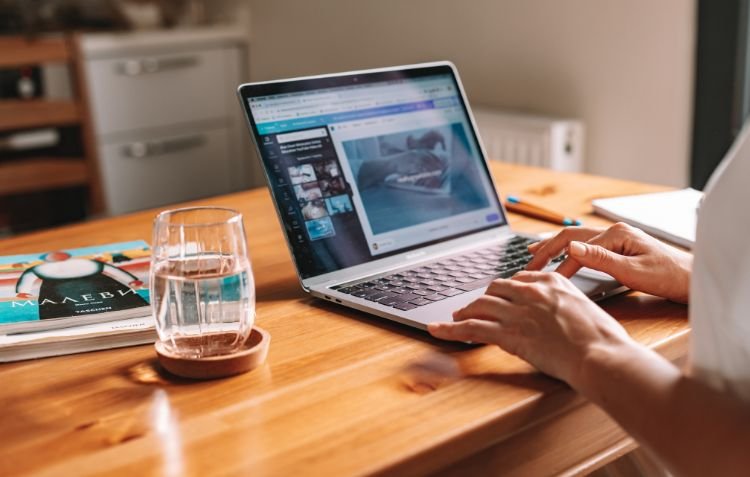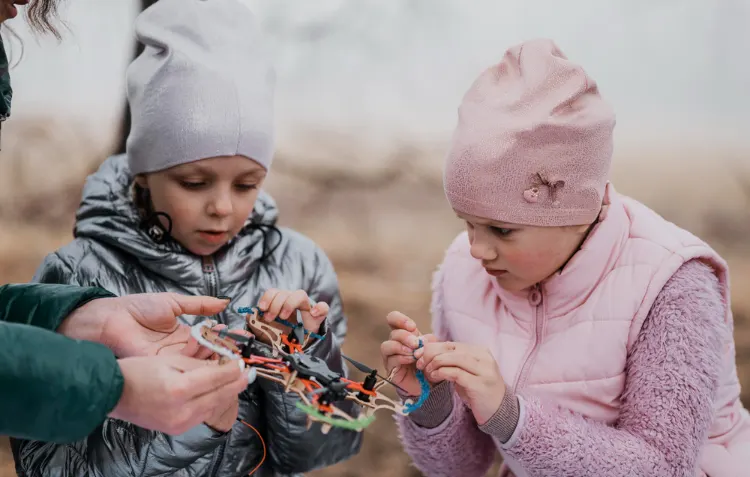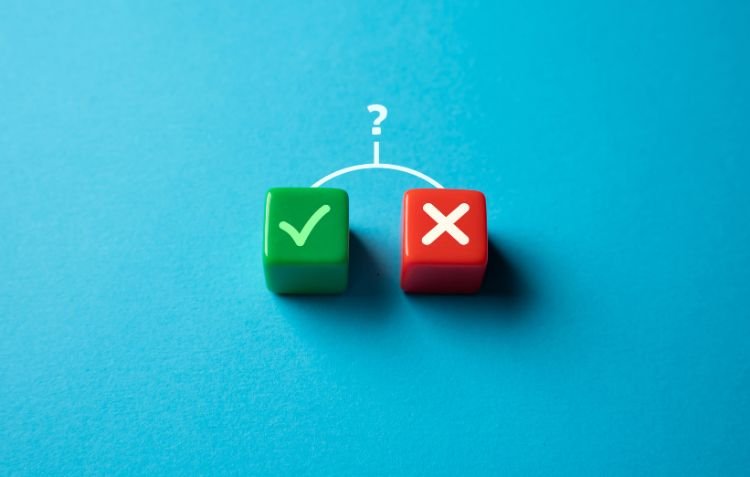10 Proven Top Tips for Working with Teens in Library
Did you know that 75% of teens consider libraries a vital safe space for personal growth and learning? Libraries are no longer just quiet zones filled with books—they’ve evolved into dynamic hubs where young people explore ideas, build connections, and discover new interests. However, working with teens in libraries comes with unique challenges, from capturing their attention in a tech-driven world to designing programs that resonate with their diverse needs.
In this article, we’ll explore “Top Tips for Working with Teens in Library” to help you create a welcoming, engaging, and impactful environment for this age group. You’ll learn practical strategies for building trust, fostering creativity, and promoting lifelong learning. By the end, you’ll be equipped with actionable insights to transform your library into a teen-friendly space that encourages exploration, collaboration, and growth.
Understanding Teen Behavior in Libraries
Teens view libraries as more than just places to find books; they see them as inclusive spaces where they can explore ideas, connect with others, and grow. Understanding their behavior is the first step toward creating a thriving environment tailored to their needs.
The Importance of Libraries for Teens
Libraries serve as safe, resource-rich environments that offer teen’s opportunities to learn, socialize, and grow. According to a recent survey by the Pew Research Center, nearly 72% of teens value libraries for their role in supporting academic and personal development. These spaces provide access to knowledge, technology, and programs designed to foster creativity, making them a cornerstone of teen empowerment.
Common Challenges in Working with Teens
Librarians often face challenges like digital distractions, short attention spans, and the need to address diverse interests. For example, a librarian in New York turned a disruptive group into a focused coding club by channeling their energy into a shared activity. This highlights the importance of adaptability and engaging programs.
Building Meaningful Connections with Teens
Building genuine relationships with teens in libraries is the foundation for fostering engagement and creating lasting impact. It starts with understanding their perspectives, valuing their input, and communicating effectively.
Communication Tips
Effective communication with teens requires openness, respect, and a non-judgmental tone. Avoid using overly formal language or sounding condescending. Instead, adapt your tone to be approachable and relatable. For example, a librarian in Chicago improved attendance at teen workshops by changing how event posters were worded, making them more conversational and engaging. The result? Teens felt seen and welcomed, increasing participation.
Active Listening
Listening actively is crucial for understanding teens’ interests and needs. A study by the American Library Association showed that libraries that prioritize active listening report higher levels of teen engagement. This means giving teens your full attention, asking open-ended questions, and showing genuine interest in their input. When teens feel heard, they’re more likely to participate in programs and view the library as a supportive space.
Respecting Their Opinions
Teens appreciate when their ideas are taken seriously, which builds trust and ownership. In one instance, a library in California asked teens for suggestions for a new program. Their idea for a graphic novel club was implemented and became one of the most popular programs. Valuing their input not only enhances programming but also strengthens connections between teens and library staff.
Curating Engaging Activities for Teens

Providing engaging and relevant activities is key to making libraries a vibrant space for teens. Thoughtfully curated programs not only capture their interest but also foster creativity, skill-building, and collaboration.
Hosting Creative Workshops
Workshops that tap into teens’ creative potential are consistently popular. Programs like coding bootcamps, art sessions, and creative writing classes offer opportunities for self-expression and skill enhancement. According to a 2023 report by the American Library Association, coding and art workshops rank among the top teen activities in libraries.
For instance, a library in Seattle hosted a creative writing workshop that encouraged teens to share their stories. The program led to a published anthology, giving participants a sense of accomplishment and pride.
Incorporating Technology
Technology-based activities resonate deeply with tech-savvy teens. Libraries that integrate gaming nights, virtual reality storytelling, or maker spaces often see increased teen engagement. For example, a library in Texas introduced VR storytelling sessions, allowing teens to create immersive narratives.
This initiative not only sparked creativity but also introduced them to cutting-edge tools. Similarly, gaming nights featuring popular titles like Minecraft or Super Smash Bros. can foster teamwork and friendly competition, making libraries a fun, inclusive space.
Developing Teen Advisory Boards
Teen advisory boards (TABs) empower young people to take an active role in shaping library services. These groups provide a platform for teens to suggest programming ideas, review library policies, and plan events. For example, a library in Michigan formed a TAB that organized a teen-led book festival, drawing participants from across the community. By involving teens directly, libraries build stronger connections and ensure programs meet their needs.
Designing Teen-Friendly Spaces
A thoughtfully designed library space can significantly enhance teens’ experiences, making it a welcoming hub for study, creativity, and socializing. Creating such spaces involves balancing comfort, functionality, and inclusivity.
Comfortable and Functional Spaces
Teen areas should be inviting yet practical, offering flexible seating, collaborative spaces, and tech-friendly zones. Trends in library design highlight the popularity of modular furniture that can be rearranged for different activities, from group discussions to solo reading. For instance, a library in Denver redesigned its teen section with beanbags, workstations, and charging ports, which increased foot traffic by 40%. Such spaces encourage teens to feel at home while exploring resources and engaging in activities.
Balancing Quiet and Activity Zones
Libraries must balance the need for quiet study areas with dynamic spaces for group activities. Zoning strategies, such as soundproof sections or designated rooms for activities, can help. A library in Portland, for example, implemented sound-dampening panels in its teen zone to separate quiet reading nooks from areas for gaming and workshops. This balance caters to diverse teen preferences while maintaining harmony within the library.
Accessibility and Inclusivity
Inclusive design ensures all teens, including those with disabilities, feel welcome. Features like adjustable furniture, tactile signage, and wide doorways are essential. According to a 2022 report by the National Disability Institute, inclusive youth spaces boost participation and engagement significantly. Libraries can also include sensory-friendly areas for teens who may feel overwhelmed by noise or bright lights.
Promoting Lifelong Learning

Libraries play a vital role in shaping teens into curious, informed, and lifelong learners. By fostering a love for reading and encouraging digital literacy, libraries help teens develop essential skills for personal and academic growth.
Fostering a Love for Reading
Encouraging teens to embrace reading goes beyond traditional methods. Interactive programs like book clubs or “speed dating with books,” where teens quickly explore a variety of titles, can be highly effective. For example, a library in Seattle reported a 30% increase in teen book checkouts after launching a themed book club featuring young adult fiction. Allowing teens to vote on themes or books fosters a sense of ownership, making reading feel more relevant and enjoyable.
Encouraging Digital Literacy
In today’s digital world, teaching teens to navigate online resources responsibly is crucial. Digital literacy programs can include tutorials on evaluating sources, protecting privacy, and using educational tools effectively. A noteworthy case is the Chicago Public Library’s “YOUmedia” program, which equips teens with digital skills through workshops on video editing, coding, and online research. This program not only boosted digital engagement but also inspired some participants to pursue tech-related careers.
By blending traditional and modern learning opportunities, libraries can instill a lifelong passion for knowledge in teens.
Collaborating with Schools and Communities
Partnering with schools and the wider community allows libraries to extend their reach and impact. These collaborations foster resource-sharing and help create programs that resonate with teens’ educational and social needs.
Building Partnerships
Libraries and schools working together can create powerful learning experiences for teens. For instance, libraries can partner with teachers to host workshops on research skills or develop curated reading lists for school assignments. In Boston, a collaborative effort between public libraries and local high schools resulted in a “Teen Homework Zone” program, where librarians provided after-school support for research projects. Such initiatives not only promote academic success but also strengthen the relationship between schools and libraries.
Leveraging Community Support
Engaging local organizations and volunteers can amplify library programs. Collaborations with nonprofits, youth centers, or tech companies can bring additional expertise and resources. For example, a recent study by the American Library Association found that libraries with community partnerships saw a 40% increase in teen program attendance. Volunteer-led initiatives, such as mentorship programs or career workshops, can further enrich teen engagement.
By collaborating with schools and leveraging community support, libraries can create a dynamic ecosystem that benefits teens and fosters a stronger connection between libraries and their communities.
Conclusion
In this article, we explored Top Tips for Working with Teens in Library—from understanding teen behavior and building meaningful connections to curating engaging activities and fostering lifelong learning. By leveraging communication strategies, offering creative workshops, and designing teen-friendly spaces, libraries can create environments where teens thrive.
Remember, patience, creativity, and understanding are key when engaging with teens. Every teen is unique, and the library experience should reflect their diverse needs and interests.
Start small by experimenting with one or two of these tips, measure the impact, and refine your approach. Share your experiences or ask questions in the comments below—we’d love to hear how you’re creating positive change in your library for teens!
FAQs
How do you engage students in the library?
Involve students in selecting library materials and planning events to foster ownership and interest.
How to make a library more fun?
Introduce interactive programs like book clubs, creative workshops, and themed events to make the library experience enjoyable.
How to motivate students to use the library?
Organize engaging activities such as reading challenges and field trips to the library to encourage student participation.
How to teach kids to use the library?
Guide children through library resources, encourage participation in reading programs, and familiarize them with library etiquette.
What are three things you can’t do in a library?
Avoid making unnecessary noise, damaging library materials, and disturbing other users.

